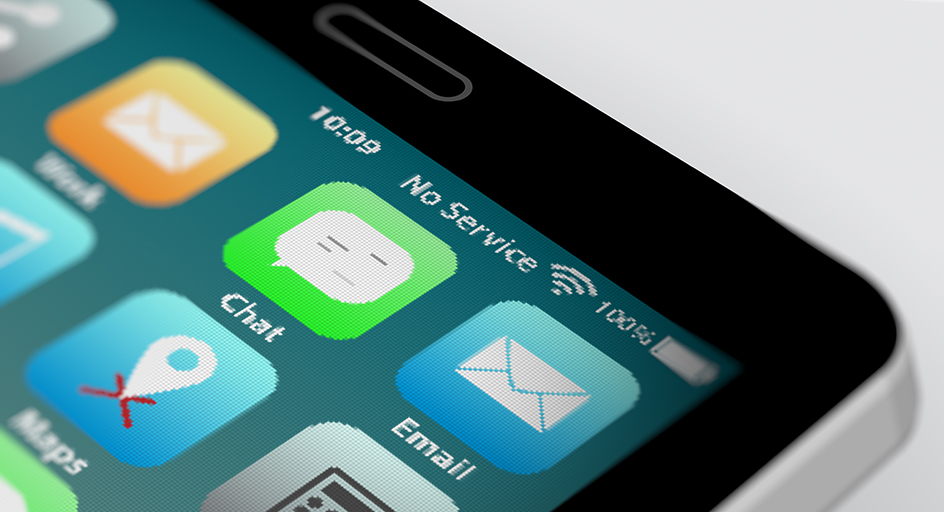Knowing how to change a tire is a necessary skill for all drivers. You might be thinking, “I pay for a AAA membership so that I get roadside assistance and don’t have to worry,” or “I have a cell phone, I can just call someone to help.” Even if this is the case for most situations, there are still plenty of situations where these reasons don’t cover you.
WHY SHOULD YOU KNOW HOW TO FIX A FLAT TIRE?
- Cell phones don’t always have service
In this day and age, we depend heavily on our cell phones, but cell service doesn’t always cover what it says it will. Landscape, weather, the locations of antennas, and the cell network capacity all play a factor in you getting your service when you need it.
- You might get a flat in a dangerous place
Even more serious would be finding yourself in a remote, secluded area with a flat tire. People can be dangerous, so we recommend getting help from a source you trust, if possible, like your roadside assistance. But sometimes roadside assistance cannot reach you within a reasonable amount of time. If you’re out on the road, it may take several hours to get help. In the meantime, you are putting yourself at risk by staying in this spot.
Other danger factors include weather conditions and where you had to park your vehicle (like a spot that slows down or blocks traffic). This isn’t to mention if you are in a rush: say you are on the way to an important meeting or need to catch a flight – knowing how to change the tire yourself can get you back on the road quickly.
- You might save money
Aside from saving time, you might save yourself some money. If you don’t have roadside assistance or a friend who can help, your only other option may be to call a towing company to take it to a nearby repair shop. Needless to say, this is much more time and money than simply doing the job yourself.
Thankfully, changing a tire isn’t all that hard! Just adhere to the following guidelines to be prepared in case you have a flat.
ITEMS YOU’LL NEED TO FIX A FLAT TIRE
These items should have come with your vehicle: jack, lug wrench, fully inflated spare tire, and a vehicle owner’s manual.
If you have misplaced any of these items, or if your car did not come with these items, you should purchase new ones right away. And be sure you’re regularly inflating the spare tire to your vehicle manufacturer’s recommended PSI. You should check the spare’s air pressure every time you check your other tires. Remember to check pressure every month and before long trips or carrying extra load.
Here are some items that don’t come with your vehicle but that you should stow in your trunk or glove box in case you have to change a flat tire: flashlight with working batteries, rain poncho, small cut of 2″x6” wood to secure the jack, gloves, and wheel wedges.
HOW TO CHANGE A TIRE
The long and short of this process can be found in the list below. For a full video on step-by-step directions, visit Bridgestone Tires.
- FIND A SAFE LOCATION
- TURN ON YOUR HAZARD LIGHTS
- APPLY THE PARKING BRAKE
- APPLY WHEEL WEDGES
- REMOVE THE HUBCAP OR WHEEL COVER
- LOOSEN THE LUG NUTS
- PLACE THE JACK UNDER THE VEHICLE
- RAISE THE VEHICLE WITH THE JACK
- UNSCREW THE LUG NUTS
- REMOVE THE FLAT TIRE
- MOUNT THE SPARE TIRE ON THE LUG BOLTS
- TIGHTEN THE LUG NUTS BY HAND
- LOWER THE VEHICLE AND TIGHTEN THE LUG NUTS AGAIN
- LOWER THE VEHICLE COMPLETELY
- REPLACE THE HUBCAP
- STOW ALL EQUIPMENT
- CHECK THE PRESSURE IN THE SPARE TIRE
- TAKE YOUR FLAT TIRE TO A TECHNICIAN
Source: https://www.bridgestonetire.com/tread-and-trend/drivers-ed/how-to-change-a-flat-tire#






